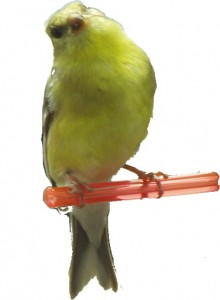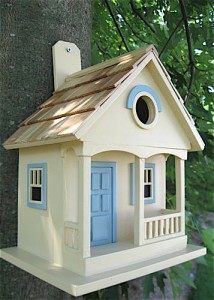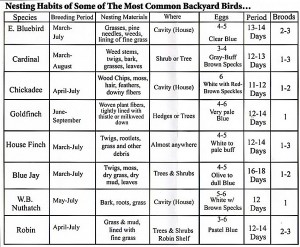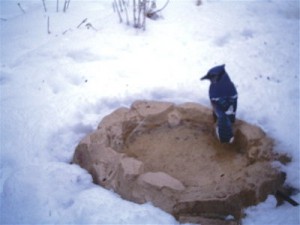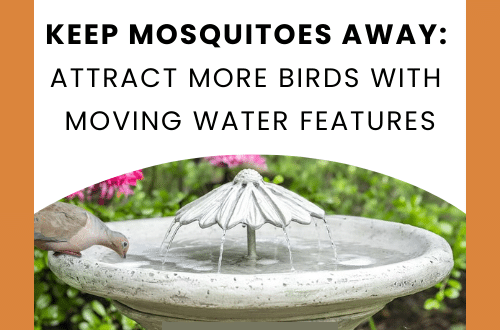-
Attract Goldfinches with Thistle Feeders
Goldfinch on Perch A favotite backyard songbird, Goldfinches are admired for their vibrant yellow color, enchanting song and graceful flight. People call this bird the “wild canary”, but in fact, goldfinches are not gold all year long. As the nesting season winds down, their fall colors appear by molting. They shed older feathers for new ones. It is the males’ appearance which changes drastically to a dull brown, and he loses his stunning black cap. The females molt as well, but their appearance doesn’t change much. Goldfinches wearing drab winter plumage flock to thistle feeders in winter. By keeping thistle feeders out all year long, you’ll enjoy their vibrant sunny colors in warmer months.
Unlike other wild birds who frequent bird feeders, Goldfinches eat thistle, also called nyjer seed, almost exclusively. Even tiny babies in the nest are fed partially digested thistle seed. Perched at and around thistle feeders, Goldfinches eat seed afer seed, which gives a wonderful opportunity to view them at length. The Rainbow Finch Feeder has 18 perches, and once Goldfinches find this, can empty 2.5 quarts of seed in two or three days. The Finches Favorite 3-Tube Feeder has 24 perches which allow you to view all birds at once.
-
Attract Nesting Birds to Your Yard
Cottage BirdHouse Most North American birds nest in cavities, and although some, like woodpeckers can chisel their own holes in trees with their sharp beaks, others must find suitable holes for nesting. Unfortunately, nest cavities can be very scarce for many wild birds.
One way to solve this shortage is to provide artificial cavities also known as nest boxes or birdhouses. More than 50 species of birds use nest boxes. Some of the most common are: bluebirds, kestrels, owls, titmice, nuthatches, wrens, chickadees, tree swallows and woodpeckers. Nest boxes have been proven to help boost the declining populations of both bluebirds and wood ducks.
A bird house in your yard will provide a valuable home for birds and a most enjoyable bird watching experience for you.
The table below illustrates nesting habits of some backyard birds.
Nesting Habits Information -
Provide Life Saving Bird Baths in Winter
Heated Bird Bath in Use During freezing temperatures, a wild birds’ search for drinking water becomes critical as natural water sources ice over. Birds are able to use snow as a water source, but often snow becomes glazed over with ice and is useless as far as drinking. The most critical time for birds is when there is no snow cover, and temperatures remain below freezing. By placing heated bird baths in your yard, you’re offering a life sustaining element to wild birds.
The best place for a heated birdbath is on the south side of a wind break, such as a house, wall, fence, or shrubbery. Ground level birdbaths are more efficient at conserving heat and energy as they will only lose heat from the top, as opposed to a pedestal or deck mount birdbath, which lose heat on top and bottom.

